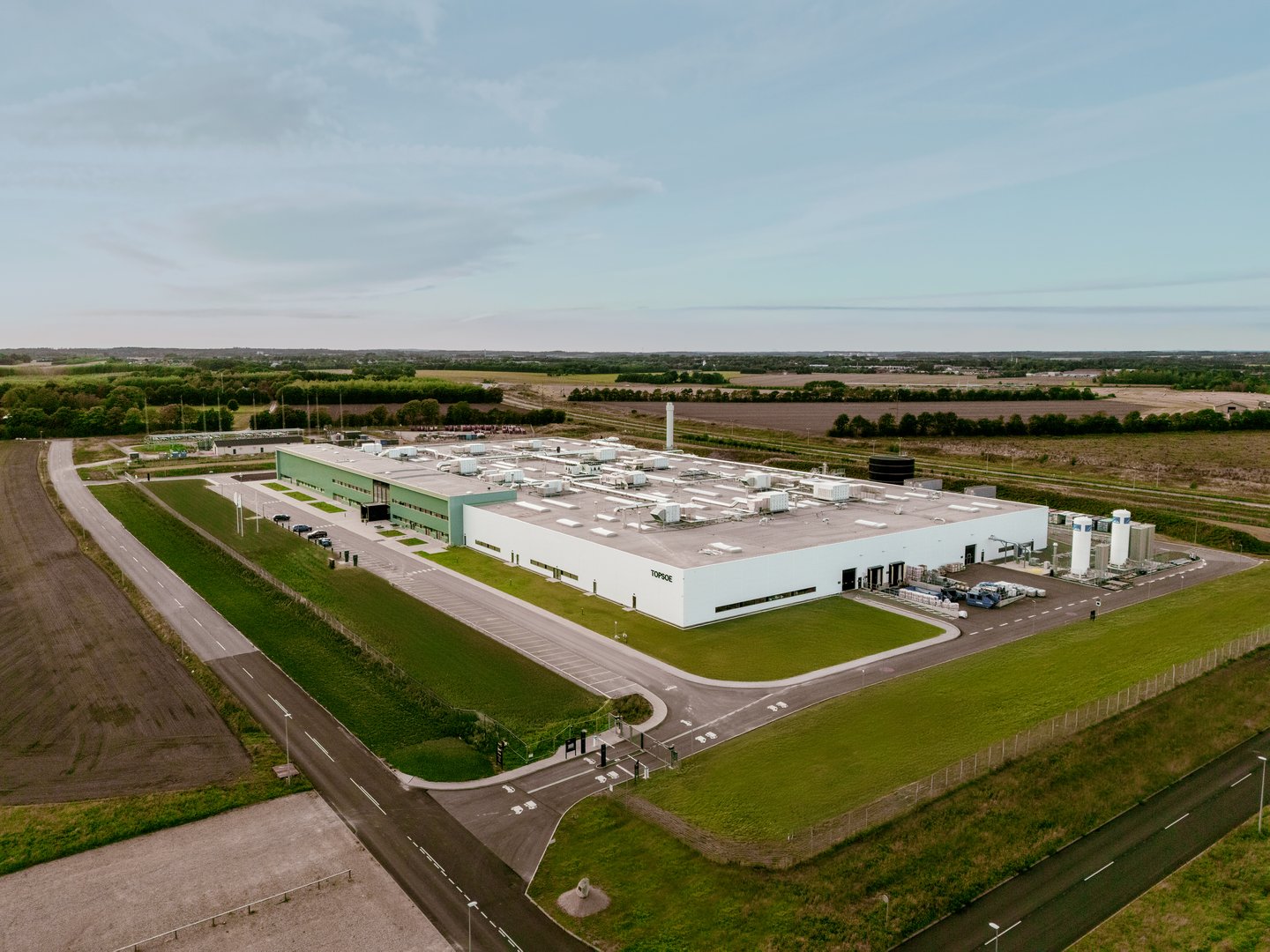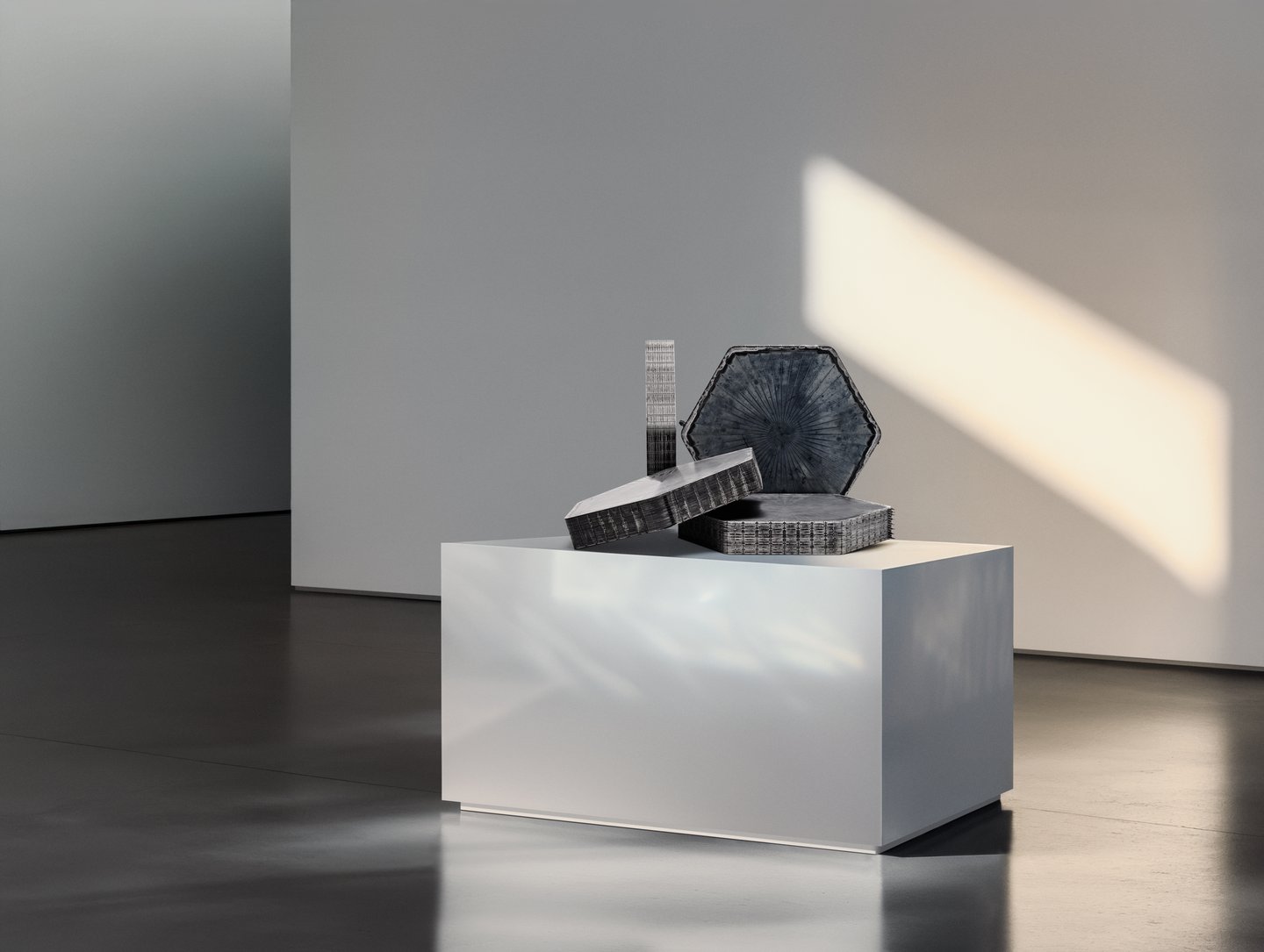
.png)



Located in Denmark and funded by the European Union, our first-of-its kind manufacturing facility is built to scale SOEC for the energy transition.

Green hydrogen is a net-zero enabler, essential for decarbonizing energy-intensive industries and long-distance transport. Global demand is expected to grow 4.5 times by 2050*, making SOEC electrolysis key to delivering green hydrogen efficiently and at scale.
The move from research to full commercial deployment is now underway. As Europe’s largest SOEC factory, it turns decades of innovation into industrial production. With EU Innovation Fund backing and deep expertise across the Power-to-X value chain, the Herning facility is designed to optimise green hydrogen production and accelerate time to market.
*Source: International Energy Agency (2023), Net Zero Roadmap: A Global Pathway to Keep the 1.5 °C Goal in Reach, 2023 Update

The inauguration of the Herning factory marks a milestone in advancing green hydrogen at scale. As Europe’s largest SOEC manufacturing site of its kind and our biggest investment to date, it signals a long-term commitment to advancing green hydrogen.
Built to make hydrogen production more efficient and commercially viable, SOEC delivers 20–30% higher efficiency than low-temperature electrolysis when paired with waste heat. That means more hydrogen from less renewable power and a lower levelized cost of hydrogen (LCoH). Designed for seamless integration with downstream processes such as ammonia, methanol and sustainable aviation fuel, SOEC connects efficiency with real-world impact.
- Joel Moser, CEO of First Ammonia
Customers choose us as a complete technology partner for Power-to-X. We bring decades of experience in the chemical industry, together with a full portfolio of Power-to-X solutions. From electrolyzers and synthesis technologies to the services that keep performance high and risk low, customers such as First Ammonia and Forestal, trust us to support their large-scale projects, confident that we can help turn their ambitions into operating reality.


We wish to be transparent about our contributions towards solving global challenges and how we conduct our business in a responsible and sustainable manner.